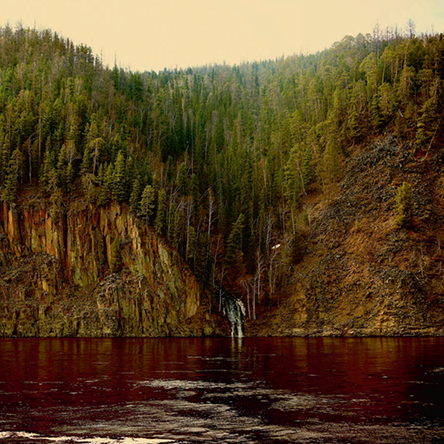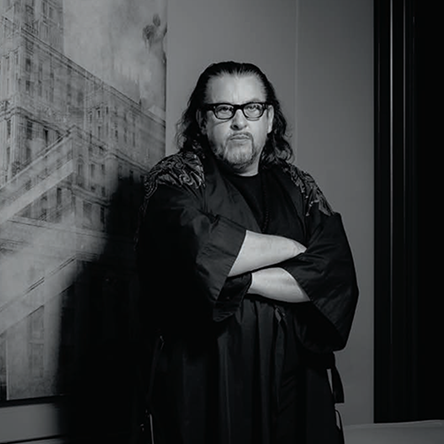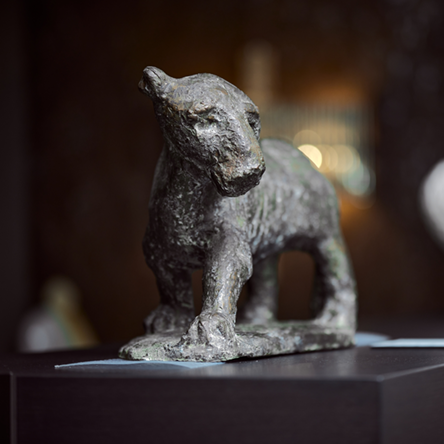NIKOLAI BODAREVSKY
Nikolai Bodarevsky was a prominent Russian painter, graphic artist and decorator whose repertoire consists mostly of portraits, historical scenes and landscapes. He was born on 24 November 1850 in Odessa into the family of a titular councillor named Kornily Bodarevsky. He was an elder brother of artist Ekaterina Bodarevskaya, distant relative of Wassily Kandinsky.
In 1860s he studied at the Odessa School of Drawing under Pyotr Shamshin, Timoleon Carl von Neff and Vasily Petrovich Vereschagin. Thereafter in 1869, he enrolled at the Imperial Academy of Arts.
In 1871 he was awarded two minor silver medals and two major silver medals. Two years on, he received two minor gold medals and in 1875 he was given the title of ‘Artist of the First Rank' for history painting for a composition titled ‘The Apostle Paul Explains the Law before King Agrippa’’. In 1908 he became a member of the Academy.
Bodarevsky was a participant in the Art Nouveau movement. In 1884 he became a member of the Society of Travelling Art Exhibitions and participated in touring exhibitions each year showing portraits and everyday images.
Between 1889 and 1901, he painted fourteen portraits of famous composers for the Grand Concert Hall of the Moscow Conservatoire.
Between 1895 and 1907, he designed sixteen mosaics for the Church of the Saviour on Spilled Blood in St Petersburg. He was a popular portraitist with Empress Alexandra Fyodorovna, Grigory Rasputin and Academicians posed for him personally.
Bodarevsky died in Odessa in 1921. He was buried in first (old) Christian town cemetery and the tomb of the artist was not preserved. In 1934 the cemetery was closed, and in 1935, together with the temple, it was demolished.



